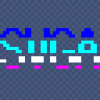Hello everyone!
I'm in the process of developing a 2D game with an isometric view, and I'm interested in creating a vertical movement system similar to the Z-axis in Minecraft. My goal is to allow players to ascend and descend to different heights within the game world, adding an extra dimension of exploration and strategy.
Example:

I've researched how I might achieve this in an isometric environment, but I'd love to gather some insights and advice from the developer community. Could anyone point me in the right direction on how to tackle this technical challenge? What considerations should I keep in mind when implementing a vertical movement system in a 2D isometric game?
I appreciate any help and guidance you can provide. I'm hoping to learn a lot from your experience!
Best regards,










